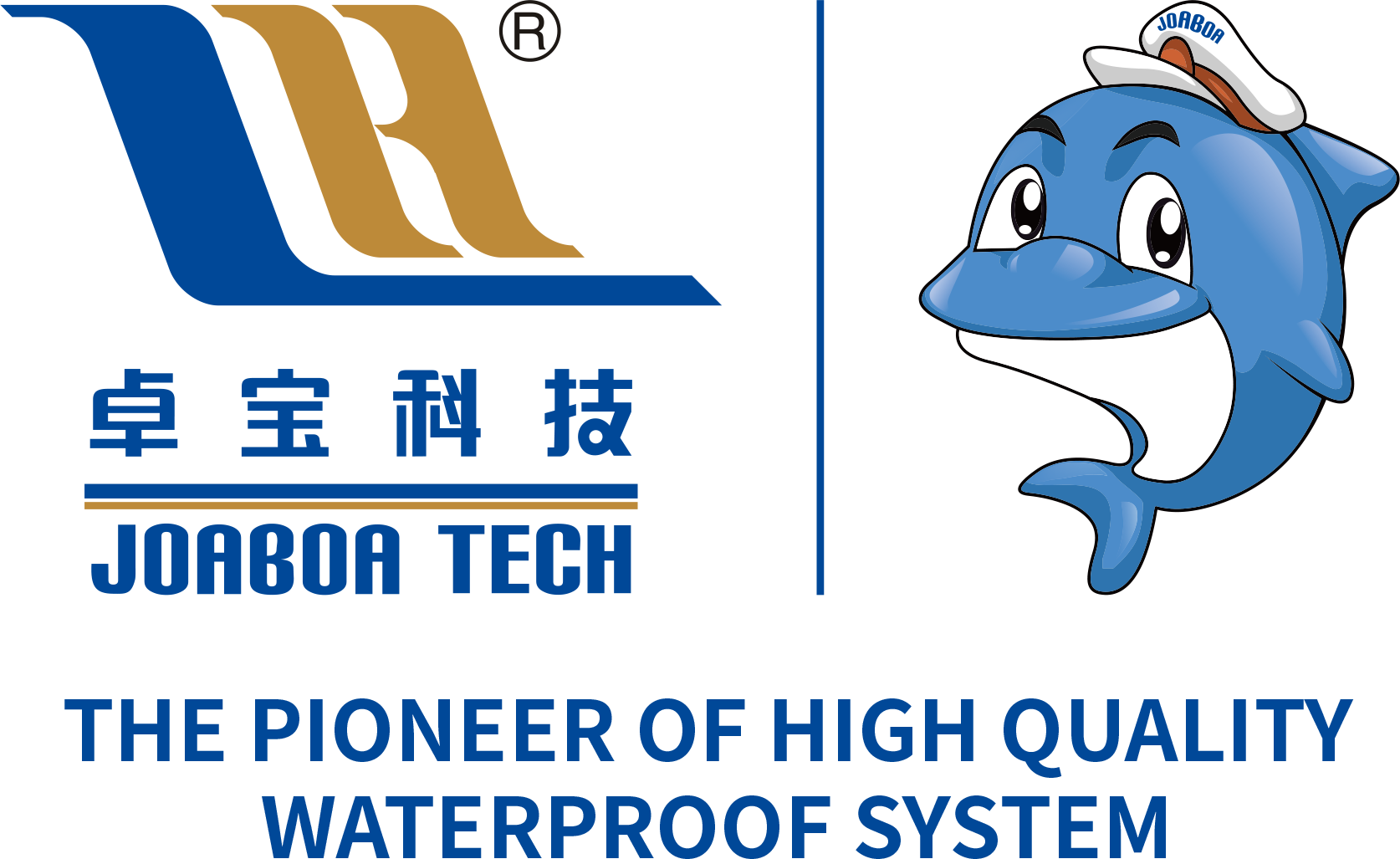How to Choose the Right Plastomeric Waterproofing Material for Your Project
2025-07-03 11:20
How to Choose the Right Plastomeric Waterproofing Material for Your Project
Table of Contents
- 1. Introduction to Plastomeric Waterproofing
- 2. Understanding Waterproofing Materials
- 3. What Are Plastomeric Waterproofing Materials?
- 4. Key Benefits of Plastomeric Waterproofing Materials
- 5. Types of Plastomeric Waterproofing Materials
- 6. Factors to Consider When Choosing Plastomeric Waterproofing Materials
- 7. Application Methods for Plastomeric Waterproofing
- 8. Maintenance and Troubleshooting Tips
- 9. Conclusion
- 10. FAQs
1. Introduction to Plastomeric Waterproofing
In the realm of construction and building maintenance, ensuring the durability and longevity of structures is paramount. One of the key elements that contribute to this durability is effective waterproofing. As we delve into the world of **plastomeric waterproofing materials**, it’s essential to understand their composition, application, and benefits. This guide serves as a comprehensive resource, offering insights into selecting the right plastomeric waterproofing material tailored for your project’s unique requirements.
2. Understanding Waterproofing Materials
Waterproofing materials are crucial for protecting structures from water infiltration. They are available in various forms, including liquid membranes, sheets, and coatings. When selecting a waterproofing solution, factors like permeability, durability, and application method need to be meticulously considered. Among these materials, plastomeric waterproofing options stand out for their unique properties and versatile applications.
3. What Are Plastomeric Waterproofing Materials?
Plastomeric waterproofing materials are a type of membrane made from thermoplastic polymers. They are designed to prevent water infiltration while allowing for slight structural movements. The most common polymers used in these materials include **polypropylene** and **polyethylene**, which contribute to their flexibility, durability, and resistance to environmental factors.
These materials are often utilized in roofing, foundations, and below-grade applications, providing a robust barrier against moisture when installed correctly. Understanding the composition and characteristics of plastomeric materials is essential for effective application and long-term performance.
4. Key Benefits of Plastomeric Waterproofing Materials
Choosing plastomeric waterproofing materials for your project comes with a multitude of advantages:
4.1 Enhanced Flexibility
Plastomeric waterproofing materials offer superior flexibility compared to traditional waterproofing solutions. This flexibility enables them to accommodate minor structural movements without cracking or compromising the waterproof barrier.
4.2 UV Resistance
Many plastomeric membranes are engineered to withstand UV radiation, making them ideal for outdoor applications where sun exposure is a concern. This resistance prolongs the lifespan of the waterproofing layer.
4.3 Easy Application
The installation process for plastomeric materials is relatively straightforward. They can be applied using various methods, including torch-applied, self-adhered, or cold adhesive, allowing for flexibility based on project requirements.
4.4 Cost-Effectiveness
While the initial cost may be higher than some alternatives, the longevity and durability of plastomeric membranes often result in reduced long-term maintenance costs, making them a cost-effective solution.
5. Types of Plastomeric Waterproofing Materials
When considering plastomeric waterproofing, it’s important to understand the different types available. Here are the most common types to consider:
5.1 Modified Bitumen Membranes
Modified bitumen membranes are a popular choice for roofing applications. They are produced by combining traditional asphalt with elastomers and plastomers, enhancing their performance and durability.
5.2 Thermoplastic Olefin (TPO)
TPO membranes are composed of a blend of polypropylene and ethylene-propylene rubber, providing excellent resistance to UV rays and punctures. They are increasingly favored for roofing projects due to their energy efficiency and reflective properties.
5.3 Ethylene Propylene Diene Monomer (EPDM)
EPDM is a synthetic rubber that delivers exceptional weather resistance. It is commonly used in low-slope roofing applications and provides flexibility in extreme temperatures.
6. Factors to Consider When Choosing Plastomeric Waterproofing Materials
Selecting the right plastomeric waterproofing material requires careful consideration of several factors:
6.1 Project Type and Environment
The type of project and its environmental conditions play a crucial role in material selection. For instance, roofing projects may require different properties than below-grade applications.
6.2 Durability and Longevity
Evaluate the expected lifespan of the waterproofing solution. Plastomeric materials tend to offer extended durability, but it's essential to assess the specific product’s ratings.
6.3 Installation Method
Different plastomeric materials require specific installation methods. Ensure that the application technique aligns with your project’s requirements and available resources.
6.4 Budget Constraints
While it’s vital to choose a high-quality waterproofing solution, keep budget constraints in mind. Assess the long-term benefits versus upfront costs.
7. Application Methods for Plastomeric Waterproofing
Proper application is crucial for maximizing the effectiveness of plastomeric waterproofing materials. Here are the common methods of application:
7.1 Torch-Applied
Torch-applied membranes are heated with a flame and adhered to the substrate, creating a strong bond. This method is commonly used for modified bitumen membranes.
7.2 Self-Adhesive
Self-adhesive membranes come with a sticky backing, allowing for easy installation without requiring additional adhesives or heat. They are suitable for various surfaces.
7.3 Cold Adhesive Application
Cold adhesive methods involve using a solvent-based adhesive to bond the membrane to the substrate. This method is often used in low-temperature conditions where heat-applied methods may not be feasible.
8. Maintenance and Troubleshooting Tips
Maintaining plastomeric waterproofing materials is essential for ensuring their longevity and effectiveness. Follow these tips:
8.1 Regular Inspections
Conduct routine inspections to identify any signs of wear, damage, or leaks. Early detection can prevent costly repairs.
8.2 Cleaning and Maintenance
Keep the surface of the waterproofing material clean by removing debris, leaves, and dirt. This practice helps maintain its integrity and performance.
8.3 Repairing Damage
If you notice any damage, address it promptly. Many plastomeric materials can be repaired using compatible patches or adhesives.
9. Conclusion
Choosing the right plastomeric waterproofing material is a critical step in ensuring the protection of your structure against water infiltration. By understanding the different types of plastomeric materials, their benefits, and the factors to consider during selection, you can make informed decisions that will enhance the durability and longevity of your project. Remember to consult with professionals when necessary and prioritize maintenance to ensure the continued effectiveness of your waterproofing solutions.
10. FAQs
Q1: What is the difference between plastomeric and elastomeric waterproofing materials?
A1: Plastomeric materials are thermoplastic polymers that offer flexibility and UV resistance, while elastomeric materials provide excellent elongation and flexibility but may not be as UV resistant.
Q2: How long do plastomeric waterproofing materials last?
A2: With proper installation and maintenance, plastomeric waterproofing materials can last 20 years or more, depending on environmental conditions and usage.
Q3: Can plastomeric waterproofing materials be applied in cold weather?
A3: Yes, some plastomeric materials, especially self-adhesive types, can be applied in cold weather. However, it's essential to follow manufacturer guidelines.
Q4: Are plastomeric waterproofing solutions environmentally friendly?
A4: Many plastomeric materials are designed to be environmentally friendly, with minimal VOC emissions and recyclable properties. Check with manufacturers for specific eco-certifications.
Q5: What should I do if I notice a leak in my waterproofing system?
A5: If you detect a leak, conduct a thorough inspection to identify the source. Repair any visible damage using compatible products, and consider consulting a waterproofing professional for comprehensive evaluation and repairs.
Related News









